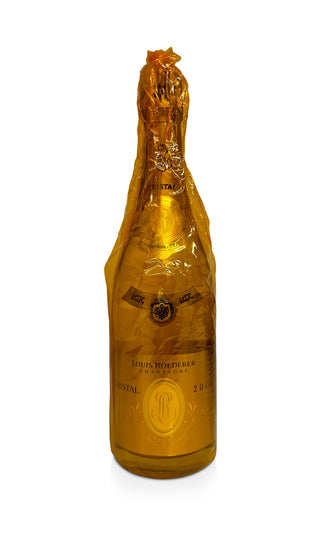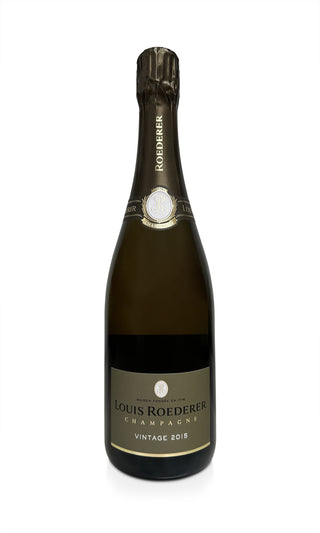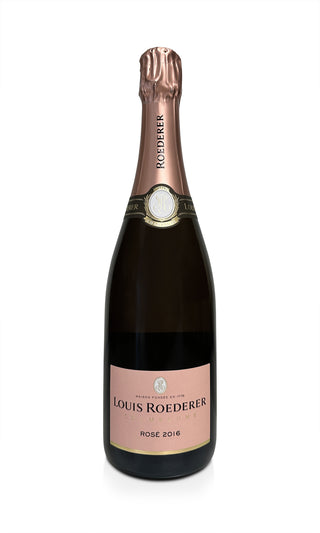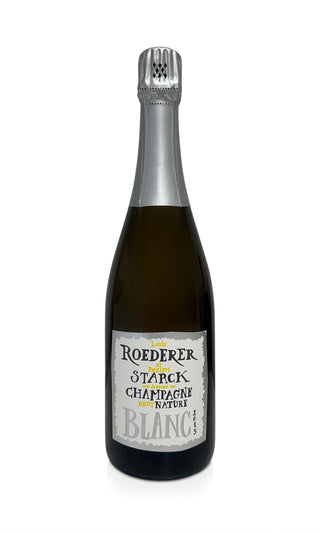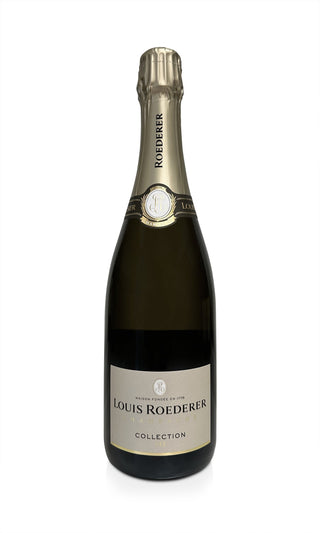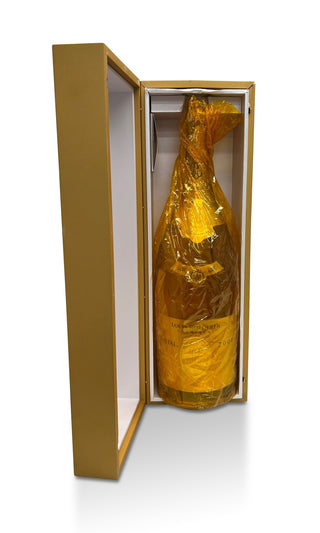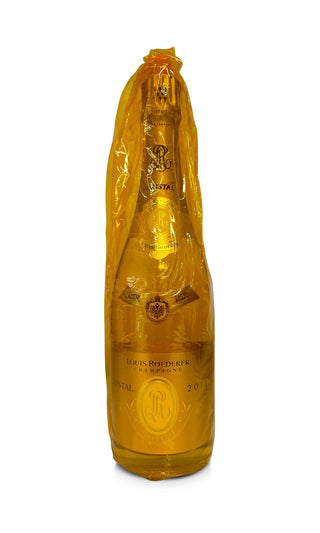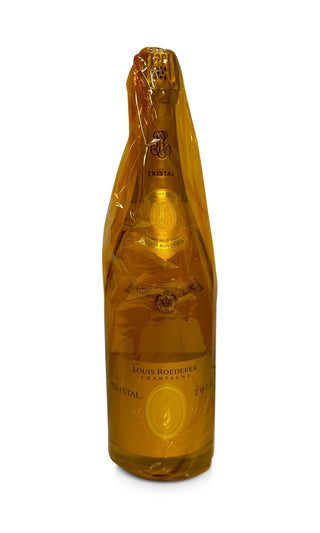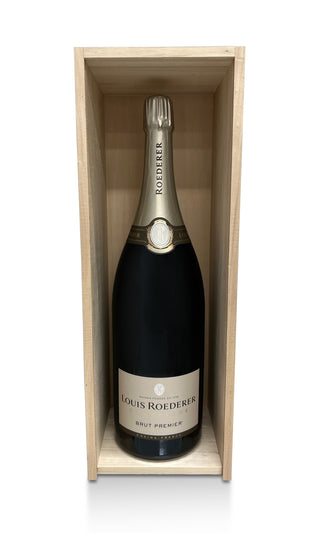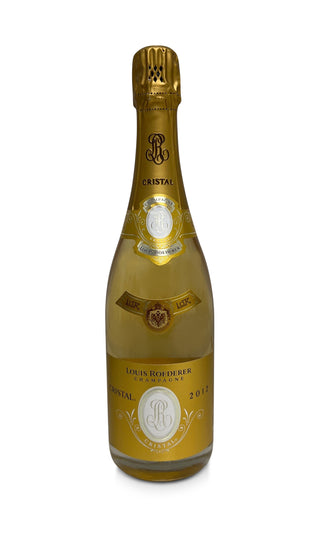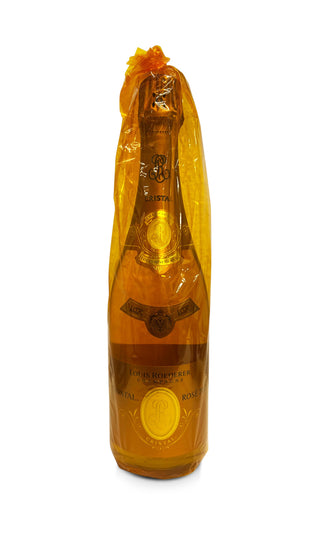The champagne house Louis Roederer in Reims is located in the French wine-growing region Champagne and is one of the last traditional champagne houses, which is still family-owned today. The owners are among the most important winegrowers in the region.
The Champagne region
In the south, Champagne borders on the Burgundy region, home of the equally famous Romanée-Conti vineyard. It is spread over five departments and covers around 34,000 hectares with over 350 communes. These are located in the areas of Seine-et-Marne, Haute-Marne, Aisne, Aube and Marne. The latest surveys from 2002 suggest that out of around 32,000 planted hectares, more than 30,000 were actually producing. The soils in Champagne are generally very calcareous, which gives the wines a very mild, harmonious and at the same time extremely elegant and complex taste.
Why the terroir is so important
The interplay of plants and soil, wind, sunshine and frost is of enormous importance, especially for high-quality wines. It is therefore summarized under the beautiful term "Terroir". The small and yet most valuable vineyard in the world is in Burgundy and bears the name Romanée-Conti. The special thing about this small 1.8-hectare vineyard is its monopoly, as it is owned solely by the Domaine de la Romanée-Conti winery.
But even if the neighboring Champagne covers significantly more hectares, the owners of Louis Roederer attach just as much importance to the care of their terroir. For many years, the winery acquired acreage in top locations. These extend over 410 individual parcels, starting with the Montagne de Reims to the Côte des Blancs. This makes it possible to produce noble vintage champagne exclusively using our own grapes. Louis Roederer therefore prefers to focus on area growth and not on the exploitation of existing areas.
Champagne Louis Roederer - highest quality and eventful history
The winery was founded in 1760, at that time still under the name Dubois Père et Fils. In 1776 Nicolas-Henri Schreider took over the business, and his nephew Louis Roederer was entrusted with the management of the company a good half century later in 1833.
By the time his son Louis Roederer II became the new owner of the winery, the champagne house was already selling two and a half million bottles a year. Champagne Louis Roederer became the favorite brand of Tsar Alexander II at the time due to its unmistakable quality. Inspired by an idea from the Tsar, Louis Roederer created the famous Cristal in 1876, which went down in history as the first Cuvée de Prestige.
The fear of an assassination attempt and the secret of the unusual bottle shape
The unusually flat shape of the bottom of the bottle without a puncture is considered to be the invention of Tsar Alexander II himself. Because the fear of a hand grenade hidden at the bottom of the bottle is said to have given the monarch the idea of the unusual bottle creation. Louis Roederer II died in 1880, a year before Alexander II was assassinated by a hand grenade. Léonie Olry, Roederer's sister, was appointed as heir. Their sons took over the champagne dynasty in 1888 and twenty years later in 1908 the Roederer house was officially elevated to the status of purveyor to the court of the Tsars. With the fall of the Russian monarchy, the winery experienced an eventful history, and a phase of realignment of the Roederer company began, especially in the direction of America.
Today, the champagne house Roederer maintains wineries in different countries; including Portugal and California.
range
The noble champagne Cristal can certainly be described as legendary. This is only produced in so-called "big" vintages. This refers to years when both the Chardonnay and the Pinot Noir reach full maturity. The Cristal is then stored in the wine cellars for six years before it is finally disgorged and left to rest for an additional eight months.
The proportion of Pinot Noir in Cristal Rosé comes from the Grand Cru d'Aÿ wine-growing regions. This community has a southern slope with very chalky soil, which provides for particularly aromatic grapes. The cold maceration method, which is mainly used in the wine-growing region of Burgundy, prepares the grapes very gently for the actual fermentation.
Vintage wines from the Roederer company that are also in demand are Brut Vintage, Brut Rosé and Blanc de Blancs. The Brut Premier and Carte Blanche brands are popular non-vintage champagnes, each made from 40 percent Pinot Noir, Chardonnay, and Pinot Meunier.



